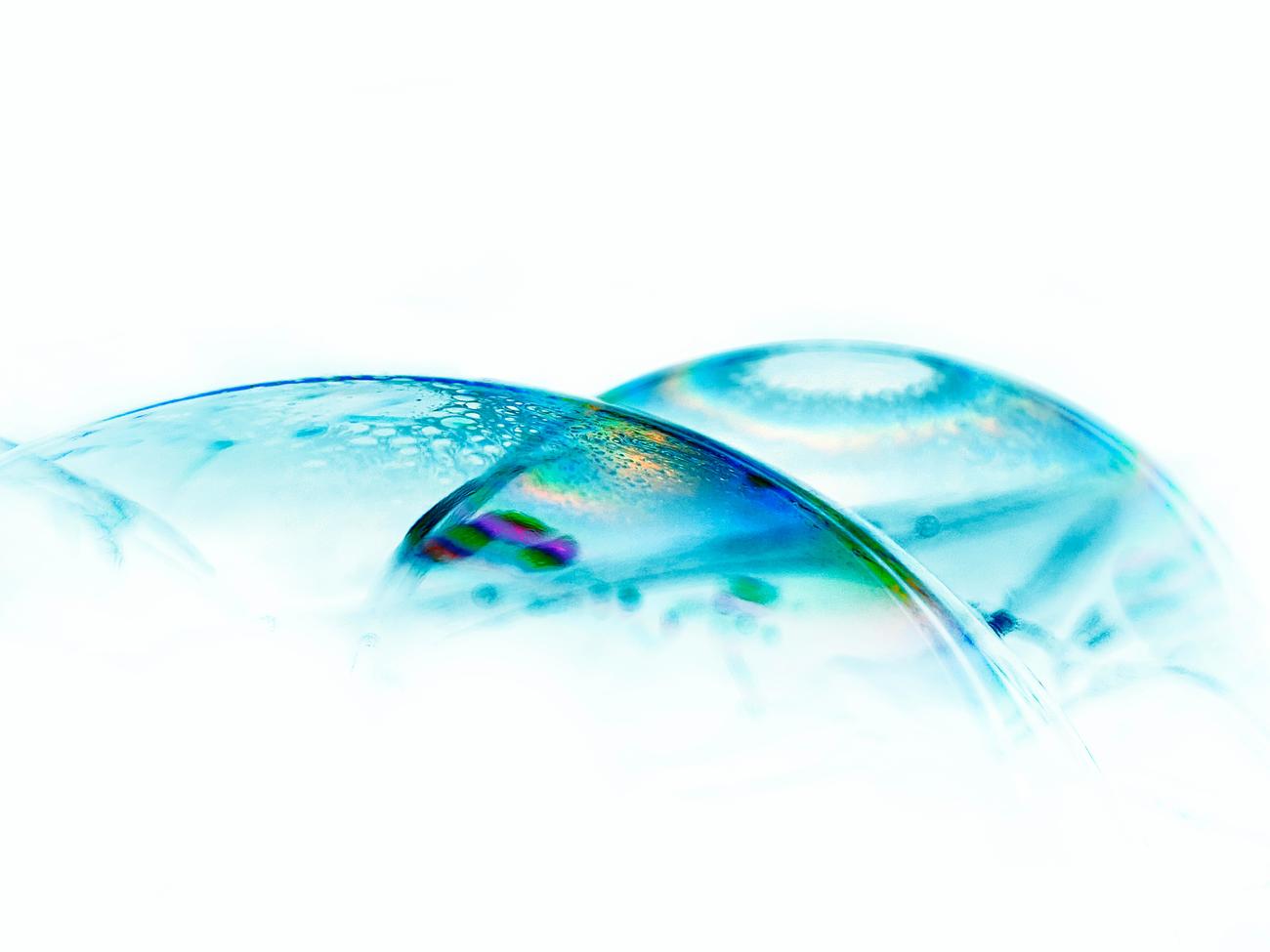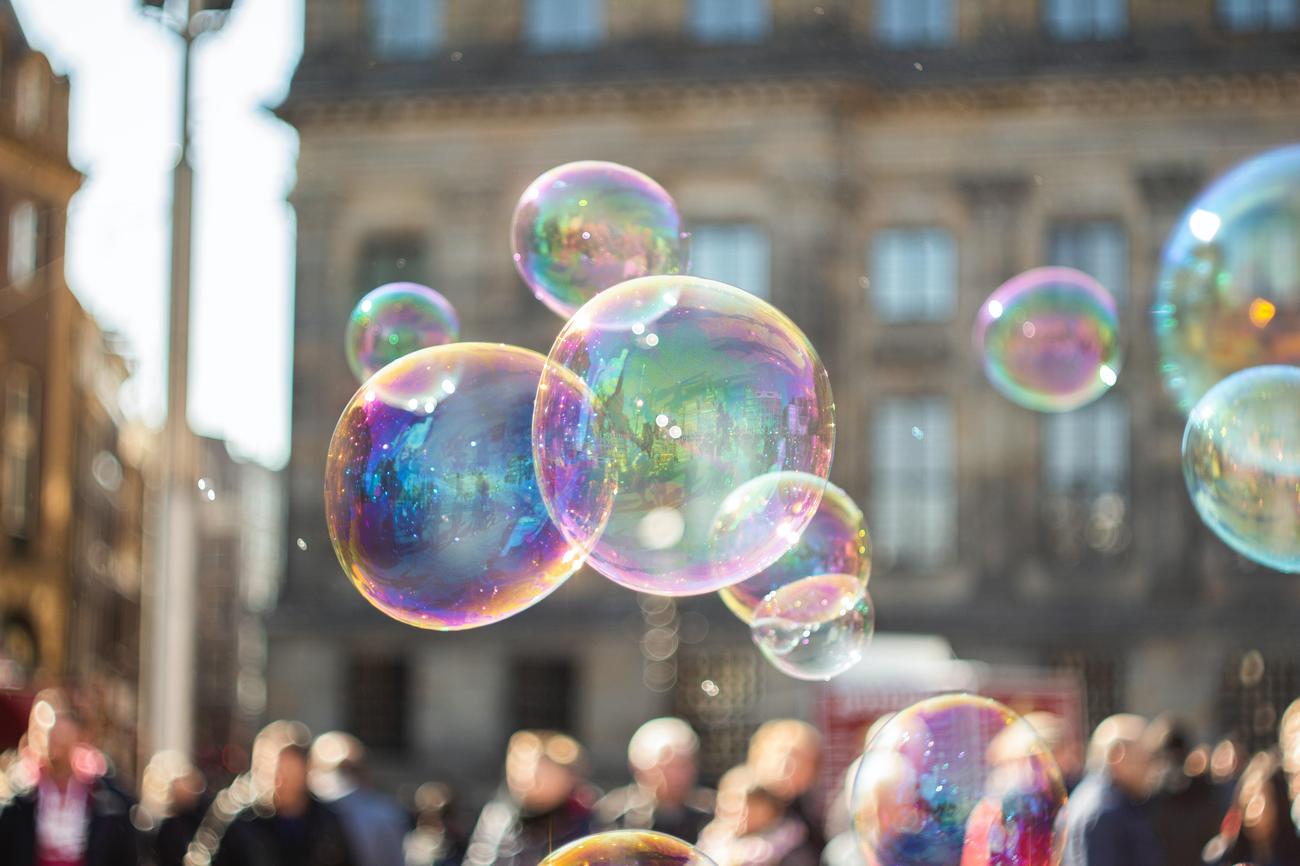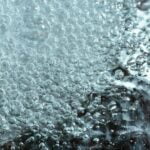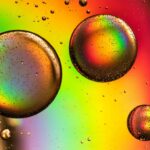Are you ready to dive into the captivating world of bubble creation? In this article, we will explore the fascinating process of bubble formation and manipulation through the eyes of a seasoned chemical engineer. With expertise in fluids and materials science, this expert has spent years unraveling the intricacies of generating bubbles of various sizes and compositions. From developing cutting-edge equipment to understanding fluid dynamics and interfacial phenomena, their knowledge allows them to navigate the complex challenges involved in this mesmerizing field. So, buckle up as we delve into the art and science of bubble creation and uncover its potential applications in diverse industries.

The Intricacies of Bubble Creation: A Chemical Engineer’s Expertise
As a seasoned chemical engineer with a deep understanding of the process of bubble creation, I have delved into the fascinating world of fluids and materials science. This expertise has led me to design and develop cutting-edge techniques and equipment for generating bubbles of various sizes and compositions. But what exactly goes into creating bubbles, and how can we manipulate their properties to serve various industries and applications?
Bubbles, those captivating thin films typically made of soapy water, are like delicate works of art. Driven by the interplay of gas-liquid interactions and the physics of fluid dynamics, their formation is a complex process that can be both studied and harnessed. Whether it’s the carbon dioxide bubbles in soda or the bubbles in your bubble bath, their size, composition, and development depend on a multitude of factors.
Nucleation, for instance, is a critical step in the process of bubble creation. Just as the first brushstroke on a blank canvas sets the stage for a masterpiece, nucleation represents the inception of a bubble. It is the point at which a small gas pocket forms within the liquid, eventually growing into a fully bloomed bubble.
But what influences nucleation? Factors such as plate motors, which create microscopic disturbances on the surface of a liquid, can either accelerate or impede the birth of bubbles. These plate motors act as the artist’s brush, sweeping across the canvas to determine the arrangement and distribution of bubbles. Additionally, the type of gas used plays a role in the size and stability of the resulting bubbles.
Once a bubble is born, its lifecycle begins. This captivating journey, much like the rise and fall of financial markets, can be divided into several stages. As a chemical engineer, I draw parallels between the financial world’s bubble creation process and the creation of bubbles in my laboratory.
Economists have identified five stages of a bubble pattern: displacement, boom, euphoria, profit-taking, and panic. During displacement, assets are undervalued, leading to a surge in prices driven by market exuberance. This initial phase is akin to the birth of a bubble, where the potential for growth and expansion is recognized.
As prices consistently surpass the assets’ intrinsic value, the boom phase takes hold. Investors enthusiastically join the market, fueling the speculative fervor. It is at this stage that the beauty and fragility of a bubble become apparent.
Just as bubbles can burst, casting a wave of consequences, financial bubbles eventually give way to profit-taking. Participants, recognizing the unsustainable trajectory, begin to cash in their gains and exit the market. This profit-taking phase is a critical turning point, often signaling the impending end of the bubble’s life cycle.
Finally, panic sets in. Just like the sudden pop of a soap bubble, the bursting of a financial bubble can have severe economic repercussions. The damage inflicted by a collapsed bubble depends on the degree of participation, the sectors involved, and the extent of debt-fueled investments. In both the financial world and the laboratory, bubbles bursting without warning can leave a trail of consequences in their wake.
While the consequences of financial bubbles are undoubtedly significant, my expertise as a chemical engineer lies in the creation and manipulation of tangible bubbles. By applying computational fluid dynamics and experimental analysis, we can explore the intricacies of bubble creation in a controlled environment. This knowledge allows us to innovate and harness the potential applications of bubbles across industries like cosmetics, food and beverage, and more.
In conclusion, the process of bubble creation is a captivating field that combines the artistry of fluid dynamics with the precision of materials science. From the delicate dance of nucleation to the lifecycle of a bubble, there is much to explore and understand. As a chemical engineer, I am excited to continue pushing the boundaries of bubble creation, unlocking new possibilities and sharing my insights with you.
“Just as each brushstroke contributes to a masterpiece, every element of the process of bubble creation shapes and defines these iridescent wonders.”
Bubbles have long fascinated both young and old alike. But have you ever wondered how they are made? The process behind creating those magical, floating spheres is simply riveting. If you’re curious to unravel the science and artistry of bubble-making, look no further. Find out everything you need to know about the enchanting world of bubbles by clicking here: How are bubbles made. So go ahead, delve into the secrets of bubble formation and prepare to be mesmerized!

FAQ
Question 1
What is a bubble?
Answer 1
In the context of this article, a bubble refers to a surge in asset prices driven by exuberant market behavior, where assets trade at a price that greatly exceeds their intrinsic value. It is a speculative phenomenon characterized by the suspension of disbelief among participants during the price surge.
Question 2
What are the five stages of a bubble pattern?
Answer 2
The lifecycle of a bubble consists of five steps: displacement, boom, euphoria, profit-taking, and panic. During the displacement stage, an event or innovation creates new investment opportunities, leading to increased interest from market participants. The boom stage is characterized by rapid price growth and increased investor participation. Euphoria follows, with investors displaying irrational exuberance and disregarding potential risks. During the profit-taking stage, some smart investors start selling their positions, causing the bubble to lose momentum. Finally, panic sets in as more and more participants rush to sell their assets, resulting in a rapid decline in prices and the bursting of the bubble.
Question 3
What are the potential economic consequences of creating bubbles in the financial market?
Answer 3
Creating bubbles in the financial market can have serious economic consequences. When a bubble bursts, the damage caused depends on factors such as the economic sector(s) involved, the extent of participation, and the extent of debt-fueled investments. Bursting bubbles can lead to financial crises, recessions, and even economic depressions, as witnessed in the past. The aftermath of a bursting bubble can include asset price collapses, job losses, bankruptcies, and significant wealth destruction.
Question 4
How can the process of creating bubbles be studied and understood?
Answer 4
The process of creating bubbles can be studied using computational fluid dynamics and experimental analysis. While these techniques are typically applied in the field of engineering, they can also be used metaphorically to study the dynamics and behavior of financial bubbles. By analyzing the various factors that contribute to bubble formation, such as market sentiment, investor behavior, and external influences, researchers and economists can gain insights into the mechanisms behind the creation and evolution of bubbles.
Question 5
What factors can affect the size and development of bubbles?
Answer 5
The size and development of bubbles can be affected by various factors. Plate motors, which are devices used to generate bubble motion, can influence the size and behavior of bubbles. Nucleation, the process of bubble formation, also plays a role in determining their size and development. Additionally, external factors such as market conditions, investor sentiment, and regulatory policies can have an impact on the growth and sustainability of bubbles. Understanding the scale dependence of bubble creation mechanisms is important in comprehending the intricate dynamics involved.
- Mastering Leader in Spanish: The Complete Guide - April 19, 2025
- Uncovering Surprising Parallels: England Size Compared to US States - April 19, 2025
- Old Mexico Map: Border Shifts 1821-1857 - April 19, 2025
















